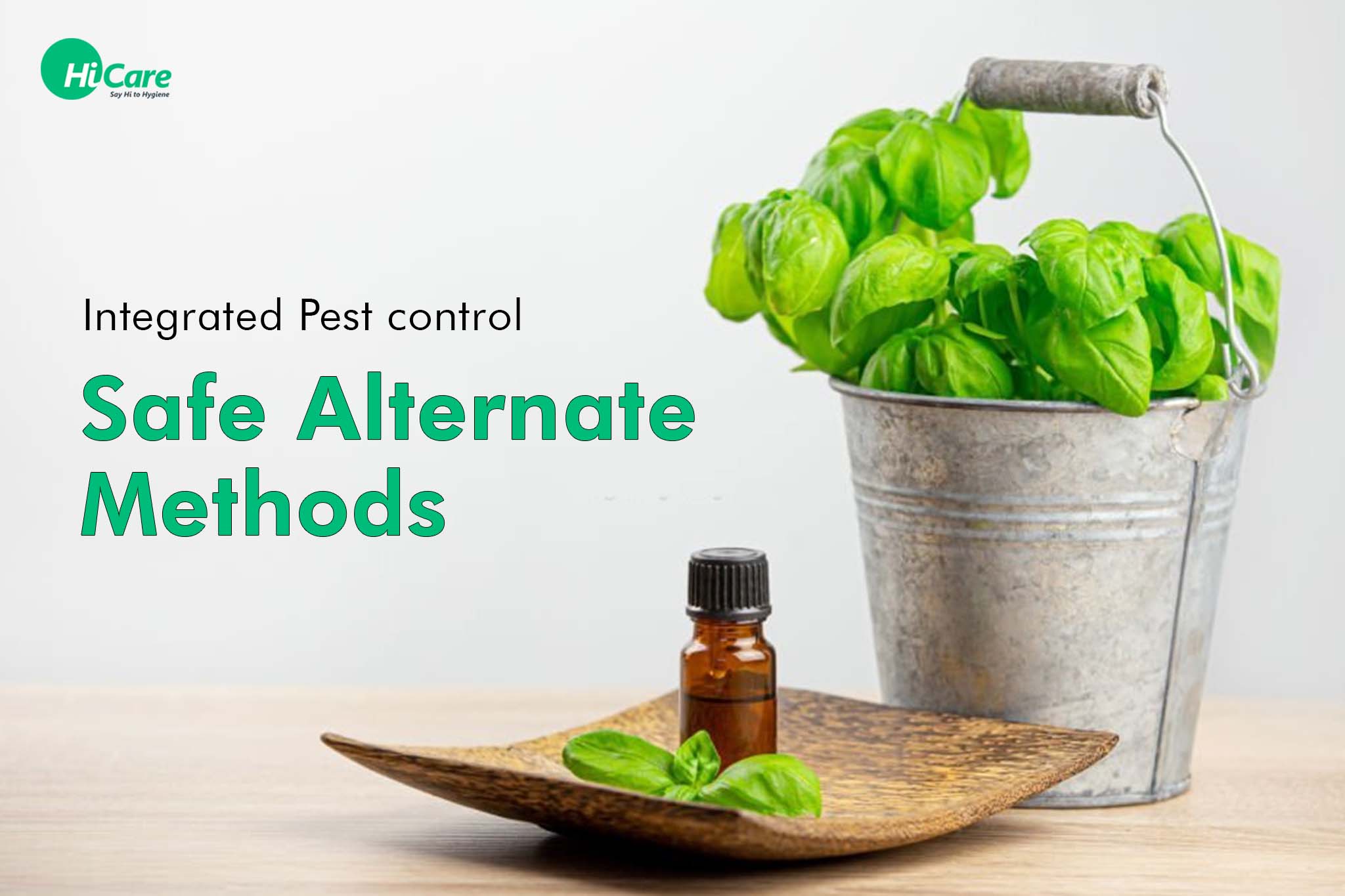IPM, or integrated pest management, is a technique you can use to deal with pest issues while reducing the dangers to both people and the environment. Pests of every kind can be managed by IPM in any setting, including urban, agricultural, and natural or wildland regions.
IPM, or integrated pest management, is a technique you can use to deal with pest issues while reducing the dangers to both people and the environment. Pests of every kind can be managed by IPM in any setting, including urban, agricultural, and natural or wildland regions. With that being said, this comprehensive guide will help you understand the fundamentals of integrated pest management methods, and how does it work?
What is integrated pest management (IPM)?
IPM, an ecosystem-based strategy, aims to prevent pests or the harm they cause over the long term by using a variety of techniques, including biological control, habitat management, altering cultural practices, and the use of resistant cultivars.
Pesticides are only used when monitoring suggests they are required in accordance with set standards, and treatments are carried out with the intention of eliminating only the target organism. Materials for pest control are chosen and used in a way that poses the fewest dangers to the environment, beneficial and nontarget creatures, and human health.
How does IPM work?
- IPM focuses on regulating the ecosystem to prevent pests or the damage they cause over the long run
By utilizing disease-resistant plants, and cultivating robust crops that can endure pest attacks or caulking cracks to prevent insects and rodents from entering a structure, you can prevent pest problems before they arise.
Using IPM implies you’ll examine environmental aspects that affect the pest and its ability to grow rather than just getting rid of the pests you can see right now. With this knowledge, you can make the environment unfavorable for the bug.
- Monitoring and accurate pest identification in IPM assist you in determining whether management is necessary
Monitoring involves examining your building, field, forest, or other places to determine whether pests are there, how many there are, and what harm they have done. Knowing whether a pest is likely to become a problem and choosing the appropriate management approach to depend on accurately identifying the pest.
You can determine whether a pest can be tolerated or if it is a problem that necessitates control after keeping an eye on it and taking into account facts about it, its biology, and environmental conditions. If control is required, this knowledge also aids in your decision-making regarding the appropriate management techniques to employ and when to apply them.
For increased effectiveness, IPM programs incorporate management techniques.
Combining techniques that complement one another rather than working in isolation is the most efficient, long-term way to manage pests. The following categories are frequently used to organize pest management strategies.
Biological Control
The utilization of pests’ natural enemies, such as predators, parasites, diseases, and competitors, is known as biological control. There are numerous natural enemies for invertebrates, plant diseases, nematodes, weeds, and vertebrates.
Cultural Control
Cultural controls are actions that lessen a pest’s ability to establish, reproduce, spread, and survive. For instance, altering irrigation procedures can lessen insect issues since excessive watering can worsen weeds and root disease.
Mechanical and physical controls
Physical and mechanical controls either directly kill pests, keep them out, or create an environment that is undesirable for them. Rodent traps are an illustration of mechanical control. Mulches for weed control, steam sterilization of the soil for disease control, or barriers like screens to keep birds or insects out are examples of physical controls.
Chemical Control
In chemical control, insecticides are used. Pesticides are only used in IPM when absolutely necessary and in conjunction with other methods for more efficient, long-term management. Pesticides are chosen and used in a way that limits the potential harm they may cause to the environment, people, and non-target creatures.
Use the most selective pesticide that will accomplish the task while being the safest for other species, the environment, and the quality of the air, soil, and water.
Among many others, the main advantages of integrated pest management are as follows:
- IPM places a strong emphasis on agroecosystem understanding, the integration of novel management techniques, and innovative concepts for pest management to safeguard the environment and provide a continuous supply of safe and nourishing food for the expanding global population.
- In addition to preserving biodiversity, IPM prevents pests from becoming resistant to man-made pesticides.
- Reduced expenditures for pest management increase farmer profitability.
- It decreases crop loss risk and provides long-term solutions to the insect issue.
- Limiting the use of broad-spectrum pesticides safeguards the environment and human health.
How to Create a Pest Control Plan
- Determine the pest.
- Determine the life cycle. Pests are most easily controlled at a certain point in their life cycles.
- Find out how big the infestation is. Have you passed a threshold for action?
- Keep an eye out for helpful insects or other natural foes. Do you already have beneficial insects consuming your pests?
- Create a pest management strategy employing a range of tactics.
- For the greatest outcomes, monitor your progress and make any plan modifications.
Each pest management service offered by HiCare is scientifically designed. The products and chemicals used in our pest control plan are 100% safe for kids, elder members of your family, and pets, if you have any. As we used government-approved pesticides, you don’t have to worry about the safety of your loved ones.
Moreover, many of our pest control services are either guaranteed or warranty-backed. Book a service with us today; visit our official website or give us a call at 8828333888.




